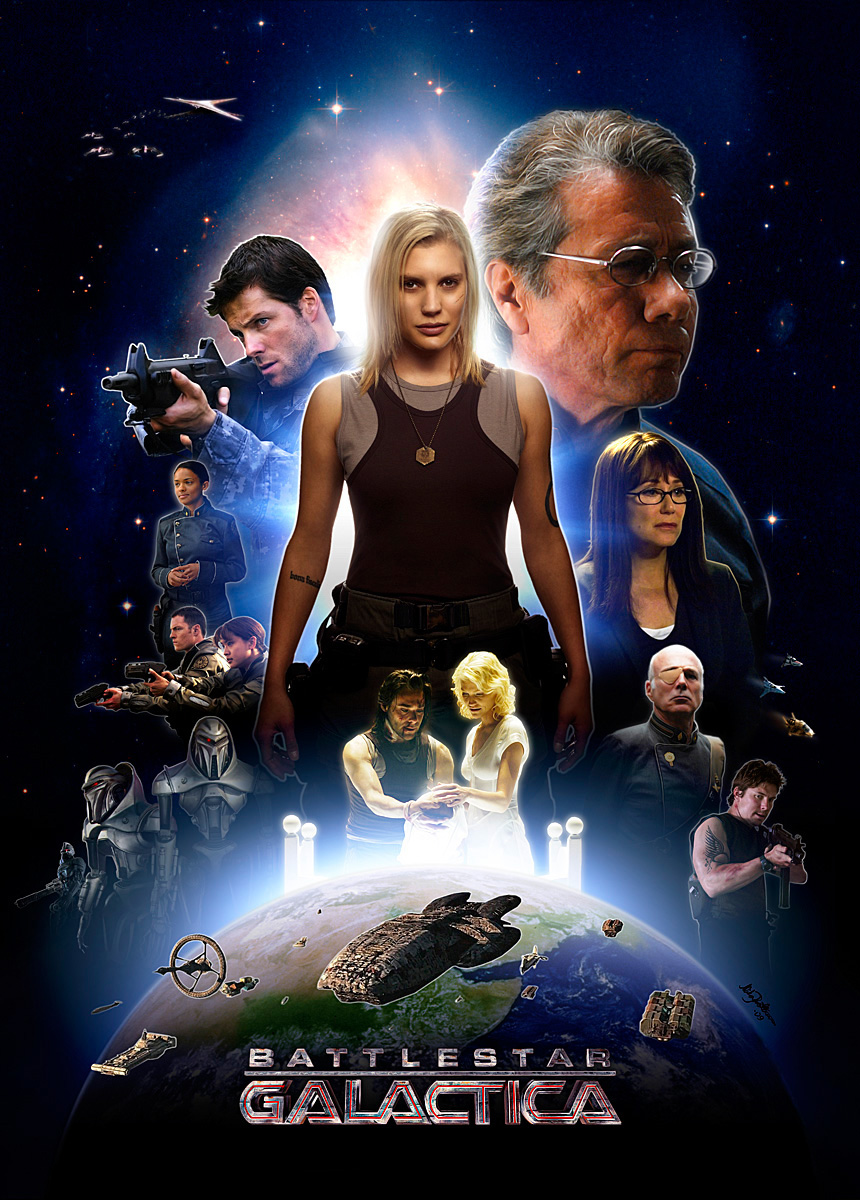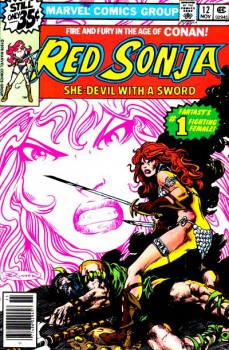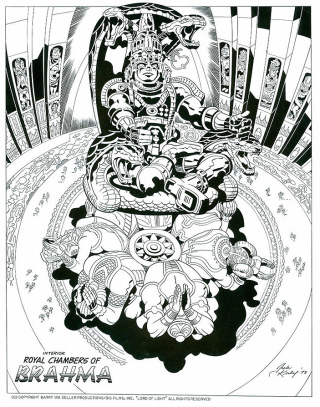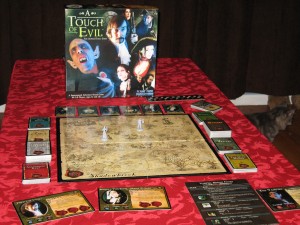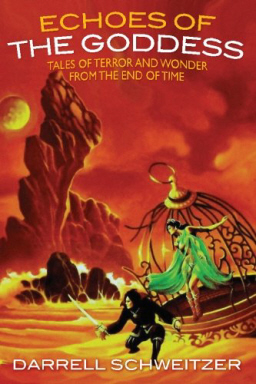Weird of Oz Considers Postbuffyism
When discussing television series, especially genre shows (particularly horror, science fiction, and fantasy), my friends and I sometimes use a couple of adjectives that are pretty relevant and meaningful to us and may be of interest to readers of this blog: “pre-Buffy” and “post-Buffy.”
Most visitors to the Black Gate website will need no introduction to writer/director Joss Whedon and the “Whedonverse,” a term that encompasses all he has contributed to fantasy media over the past two decades in virtually every medium: television shows, comic books, webcasts, movies. Ranging from seminal shows like Buffy the Vampire Slayer, Angel, and Firefly to comic-book continuations of those series as well as runs on other properties like The X-Men; from the hip web series Dr. Horrible’s Sing-Along Blog to a cult horror film like Cabin in the Woods to the third-highest-grossing film of all time (2012’s The Avengers): trust me, you’ve seen his work.
In this week’s informal musing, I’ll focus in on his first television show, Buffy, which ran seven seasons from 1997-2003 — not to discuss the series per se, but to explain what I mean when I use it as a benchmark in describing a television show as being “post-Buffy.”

